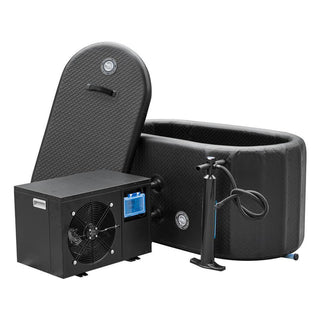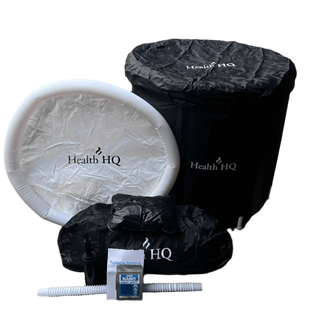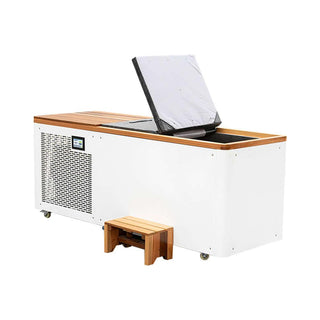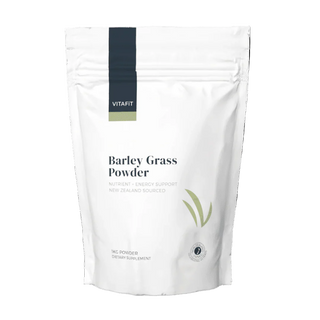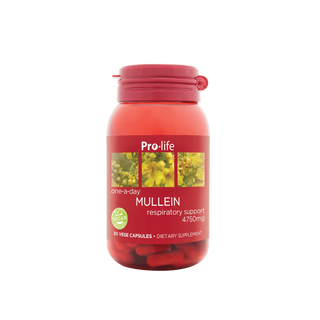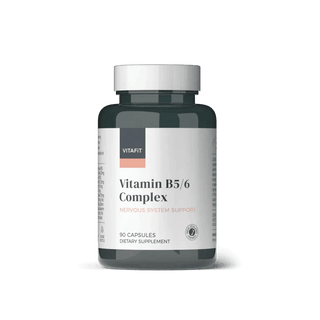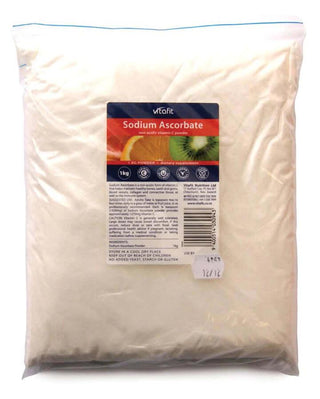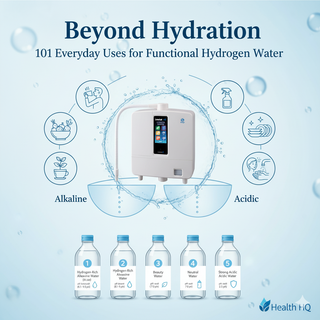Sauna vs. Ice Bath: Which Recovery Method Works Best for You?
Recovery is a critical part of any training regimen, and increasingly, athletes and fitness enthusiasts are exploring alternatives beyond traditional stretching and massage to boost their recuperation. Two popular methods, the sauna and the ice bath, provide contrasting but compelling approaches to recovery. In this blog post, we’ll explore how each method works, their benefits and drawbacks, and which one might be best suited to your recovery needs.
Understanding the Science of Recovery
After intense exercise, your muscles experience small tears and inflammation. The body’s natural healing process activates, with increased blood flow, reduction in inflammation, and the removal of metabolic waste. Optimizing this recovery process is essential not only for improved athletic performance but also for long-term health. Both saunas and ice baths trigger physiological responses aimed at enhancing recovery, albeit through vastly different mechanisms.
The Warm Embrace: Benefits of Sauna Sessions
Promoting Blood Flow and Relaxation
A sauna session typically involves exposure to high temperatures—ranging from 150°F to 195°F (65°C to 90°C). This heat exposure causes your blood vessels to dilate, promoting increased circulation. Enhanced blood flow aids in delivering oxygen and nutrients to muscles, accelerating the repair process. Moreover, the warmth of a sauna encourages muscle relaxation and can help ease tension built up from strenuous exercise.
Hormonal and Metabolic Benefits
Regular sauna use has been associated with the release of endorphins, the body’s natural “feel-good” chemicals. This can lead to enhanced mood and stress relief, which are important psychological aspects of recovery. Additionally, the heat stimulates a process similar to cardiovascular exercise as your heart rate increases, potentially offering benefits similar to mild aerobic activity. Over time, consistent sauna sessions may also improve overall cardiovascular function and endurance.
Detoxification and Flexibility
Sweating induced by a sauna can help eliminate toxins through the skin. While the detox benefits are sometimes overstated, the ritual itself can be meditative and contribute positively to mental health. Furthermore, the warmth helps increase the elasticity of muscles and connective tissues, making it an excellent preparatory step before engaging in stretching or yoga to maintain flexibility.
The Icy Touch: Advantages of Ice Baths
Reducing Inflammation and Soreness
Ice baths, or cold-water immersion, expose the body to temperatures often between 50°F to 59°F (10°C to 15°C). This cold shock causes blood vessels to constrict, reducing blood flow to inflamed areas and thereby limiting swelling. Once out of the bath, the return of warmer blood flow helps flush metabolic waste from the muscles, aiding recovery. This process is particularly valuable after high-intensity or prolonged workouts that lead to significant inflammation.
Accelerated Recovery and Pain Relief
Athletes have long embraced ice baths as a means to quickly reduce muscle soreness and pain after heavy exertion. The cold environment can numb nerve endings, providing temporary pain relief. It is also believed that regular exposure to cold water can bolster the body’s overall resistance to inflammation, potentially reducing the risk of chronic injuries.
Mental Fortitude and Adaptation
In addition to physical benefits, many users of ice baths report mental toughness and resilience gains. The discomfort experienced during cold immersion requires a certain level of mental discipline, which can translate to increased focus and a positive mindset in training routines. Athletes often cite the psychological benefit of knowing they have overcome the immediate discomfort, a factor that can be as crucial as physical recovery.
Comparing the Two: Which One Is Right for You?
Recovery Goals and Timing
- Inflammation and Soreness: If your primary concern is rapidly reducing muscle inflammation and alleviating soreness immediately after a hard workout, an ice bath may provide more immediate relief.
- Relaxation and Long-Term Health: Conversely, if you are looking for a recovery method that not only helps with muscle repair but also promotes relaxation, improves cardiovascular health, and offers a meditative space, the sauna might be more beneficial.
Personal Preferences and Tolerance
Your body’s response to temperature extremes can vary widely. Some individuals find the intense heat of a sauna to be more relaxing, while others may thrive on the invigorating shock of a cold bath. Experimentation is key. Some athletes even use a contrast therapy approach, alternating between heat and cold to harness the benefits of both methods. Listen to your body, and consider factors like how your body reacts post-workout, any preexisting conditions, and your overall recovery goals.
Practical Considerations
While both methods can be highly effective, practicality also plays a role. Saunas might be more accessible in wellness centers, gyms, or even at home with a personal unit. Ice baths, although they require a bit more setup, can be as simple as filling a tub with cold water and ice. Consider the environment where you work out and the resources available to you when choosing a recovery method.
Making the Choice: A Balanced Approach
Ultimately, there isn’t a one-size-fits-all answer. Many athletes incorporate both techniques into their recovery routines. For instance, using an ice bath immediately after a heavy workout can reduce inflammation and accelerate the initial recovery phase. Later, a sauna session can help relax the muscles, improve blood flow, and provide mental relaxation.
Key Takeaways:
- Sauna: Enhances blood flow, promotes muscle relaxation, and supports cardiovascular health. Ideal for long-term recovery and mental wellness.
- Ice Bath: Provides rapid relief from inflammation and soreness, aids in muscle recovery by reducing swelling, and builds mental resilience.
By understanding your specific recovery needs and experimenting with both methods, you can optimize your recovery process and take your performance to the next level.
Final Thoughts
Both sauna and ice bath recovery methods offer unique benefits that can complement each other. Whether you choose one over the other or decide on a combination of both, the goal remains the same—enhancing recovery to improve athletic performance and overall well-being. By tuning in to your body’s responses and adjusting your routine accordingly, you can create a recovery strategy that works best for you.
Happy recovering!





